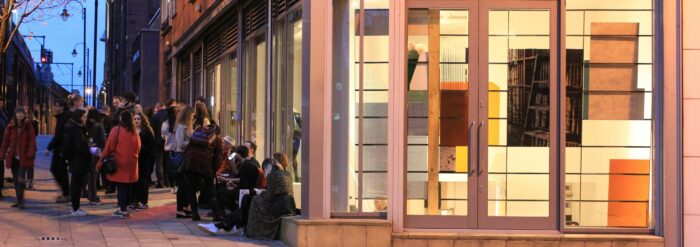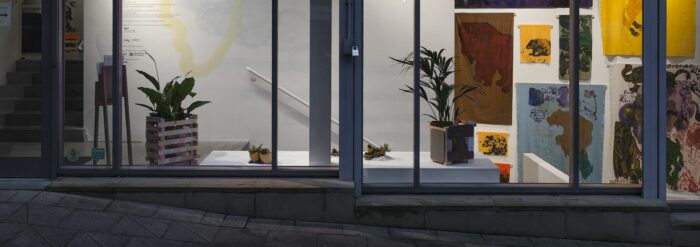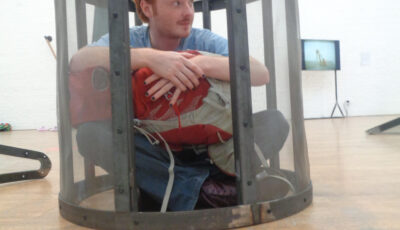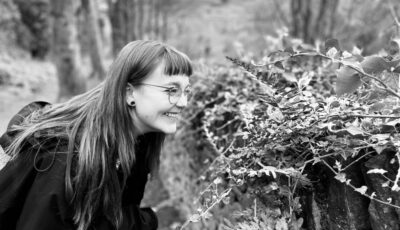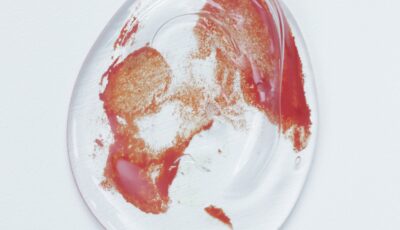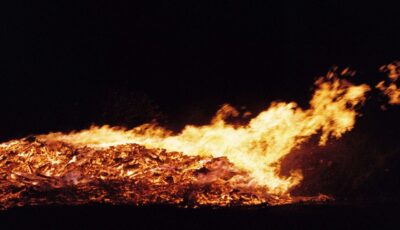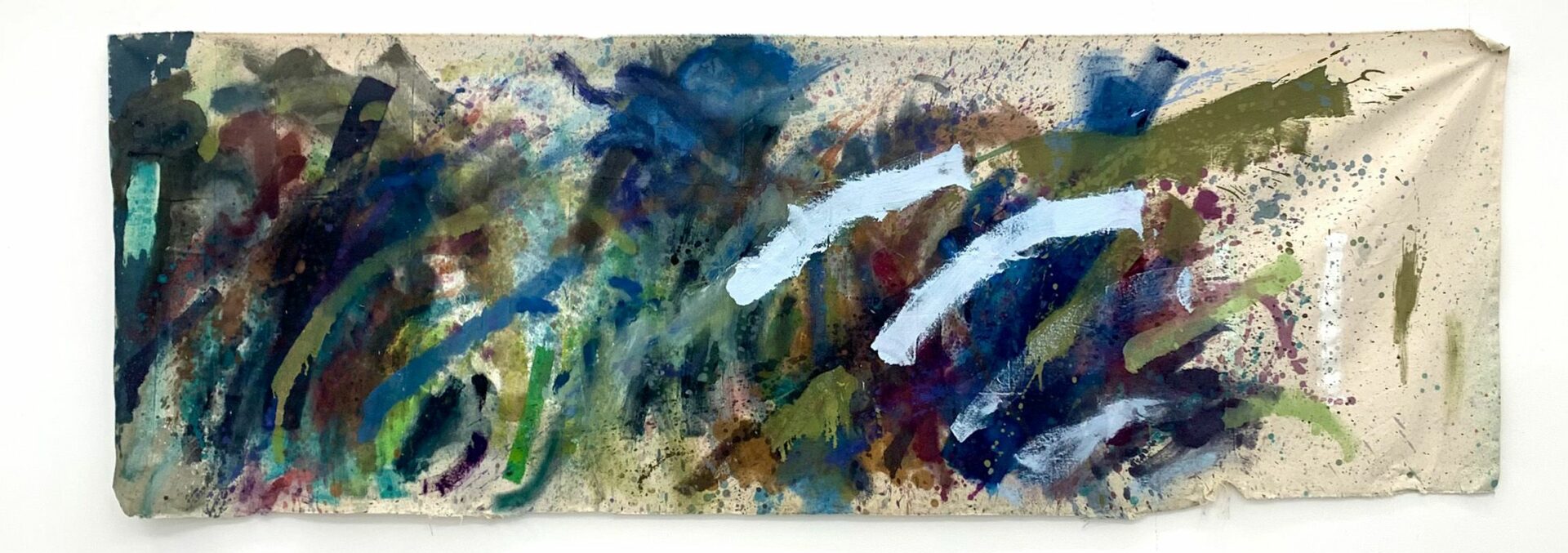
Artists and Sustainability Spotlight: Adam Rawlinson
Posted on 15 October 2024
This month we’ve invited Adam Rawlinson to contribute to our ongoing series Artists and Sustainability Spotlight, where we ask artists to share short responses about their work and how it might relate to climate change.
Adam Rawlinson graduated with a first class BA Hons degree from the University of Salford in 2023 and was selected as one of Castlefield Gallery’s University of Salford Graduate Scholars the same year. He has exhibited work in London and Glasgow as well as around Manchester and Salford, including at the Haworth Gallery at Chethams School of Music and at Salford Art Gallery. He has work currently publicly displayed in his hometown of Morecambe and has exhibited in the 20:20 print exchange with Hot Bed Press, which exhibits nationally and internationally.
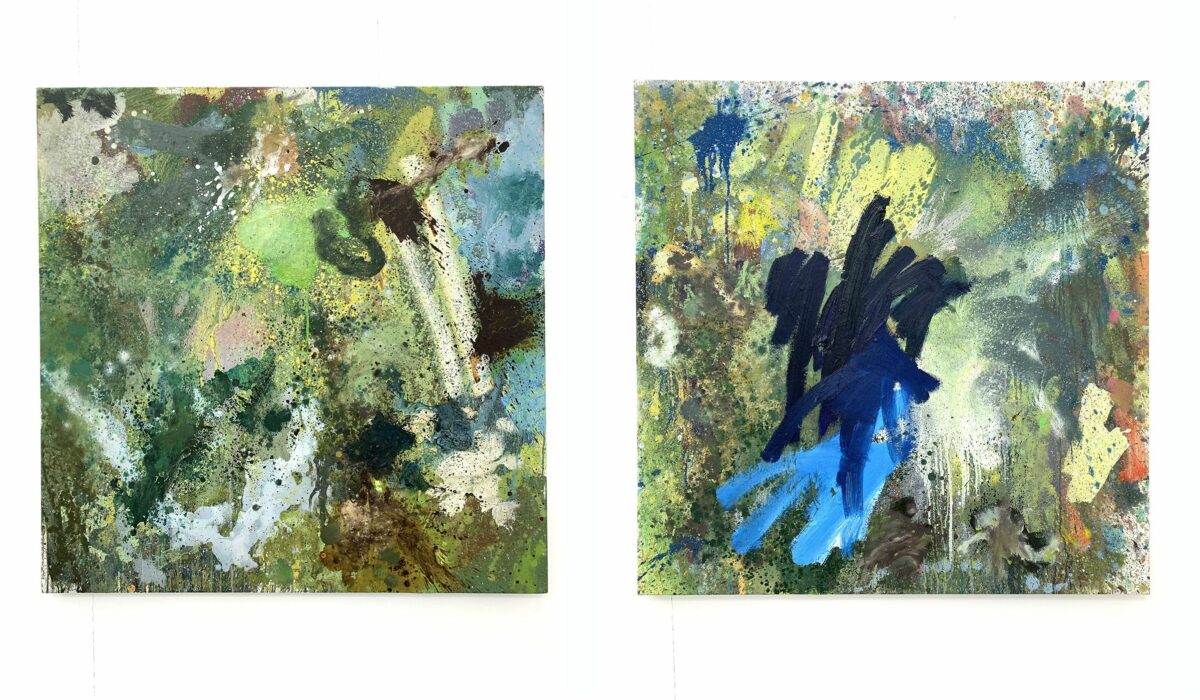
In what ways do you feel your work might relate to issues of climate change and sustainability, in the content of the work, its narrative, conceptually or theoretically? How might it speak to or challenge public discourse?
Climate issues and sustainable living take root within the core of my practice. I am an abstract painter working primarily in oils and my practice is underpinned by research into Lichens. I was interested by their often-unnoticed and underappreciated significance within our ecology, highlighting the extent of our vital relationship with everything that makes up life on earth. I use this as a basis for philosophical enquiry, leaning upon existentialism and phenomenology to explore what it means to be ‘alive’ while pursuing an investigation into our place within the world around us, focusing on both the individual and collective experience.
Alluding to natural environments within my large-scale paintings, I use scale and abstraction as a vehicle to examine and explore the ineffable within nature, through a particular emphasis on mark making and how the materiality of the paint and its application can communicate these ideas. By building up an image, through a range of painterly techniques, I manipulate the act and experience of looking, placing the viewer in a position, both physically and metaphorically, to give life to my work. I consider my work to be spaces of contemplation, where people come face to face with paintings that encourages reflection, of which confronts and challenges existing human behaviours concerning the environment.
My hope is not to scrutinise or be directly critical in such a way that intimidates or alienates people, there is an inclusive, essential purpose to raise questions of the viewer, with the ambition of leaving people with something to share, ponder, act upon and discuss, something to carry with them beyond the gallery walls, into all of life, together.
With regards to the materials, processes and techniques you use to produce your work, are there any practical decisions you make with regard to climate change and sustainability?
Yes of course. Every decision made in and outside of the studio is made with the possible environmental effects at the forefront of my mind.
My studio is low waste. There is never anything not being used and I rarely throw anything away, but when I do, everything is disposed of responsibly. However, there is a certain sense of hypocrisy on display when painting with oils, while pushing myself and others to be as environmentally conscious as possible. I am deeply aware of these issues within my practice and constantly looking for ways to alter my materials and ways of working, to contribute to having less impact on the environment. I have already made positive changes in the studio by using olive oil soap to clean brushes instead of turpentine or white spirit and using Wallace Seymour CoCo Bello as an alternative to other much more harmful solvents. These changes have come off the back of having both professional and casual conversations with others, sharing concerns for the environment. Collective concerns have become widespread, with a more environmentally conscious approach and way of thinking becoming standardised and readily accessible (for the most part).
My dedication to painting might raise some questions as to my (or any painters) commitment to tackling environmental issues, due to concerns over materials and their effects. These questions are important to raise. Those who believe there is a hypocrisy within my practice can rest assured I am always open to new ways of approaching my medium, and actively seeking affordable alternatives to materials, ones which have minimal effect on the environment. We can all help each other in this regard. There isn’t any medium that is immune to their own individual issues and contradictions.
I have benefitted from the generosity of others who have dedicated their time to share information and offer guidance and I would encourage people to do the same where possible. Learning and sharing are vital in this process.
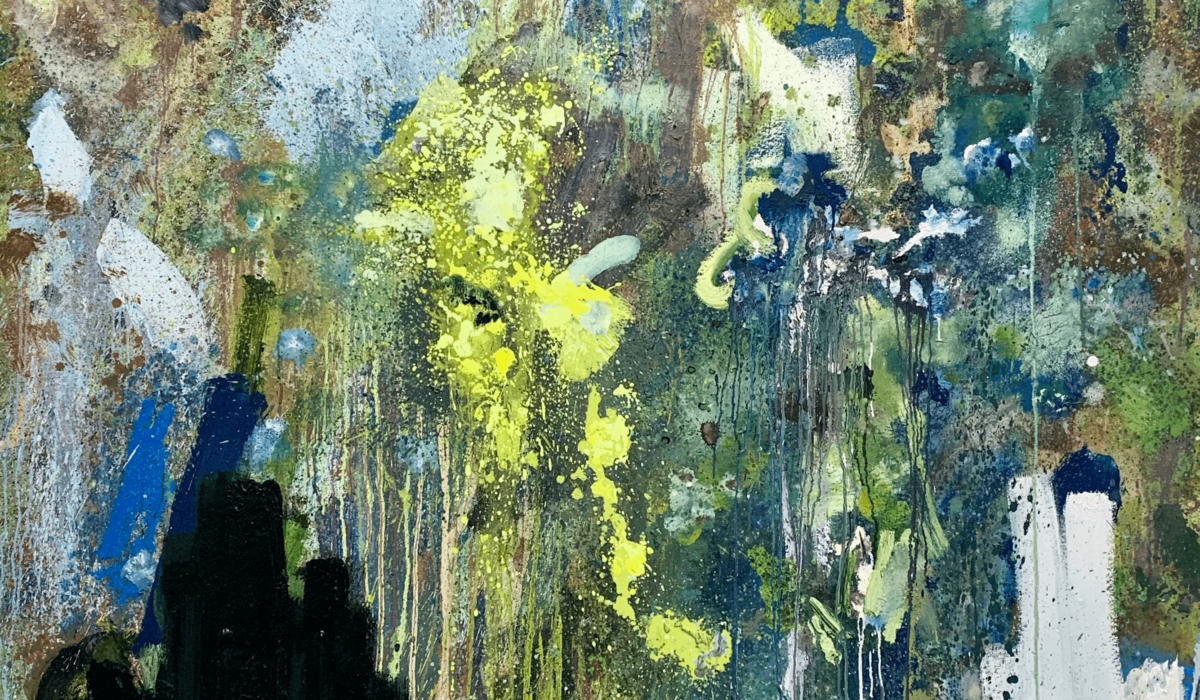
In general, how do you feel galleries, art spaces, artworks and artists, might be able to contribute, what if any role do you feel they can play in a progressive conversation?
I feel those with more resources or in positions of influence should take on much more of a responsibility. Not to say taking a certain degree of the burden away from individuals, but more established artists and galleries certainly need to be allocating significant time and effort to either promote a progressive, genuine conversation or to actually take action themselves. Nationally recognised galleries and artists in these positions of large-scale acclaim are almost always the perpetrator of disproportionate negative effects on the environment. The fix is not quite as simple as writing a statement on your website or sharing something to social media. As the clichéd saying goes, actions speak louder than words. Through action is the most effective route to starting this conversation and making positive changes. At Castlefield Gallery for example, they have an environmental responsibility statement (which you can read here), that is supported and evidenced by the actions taken by the gallery and the individuals within its organisation. One thing that ‘the art world’ and artists of a particular calibre have been justly criticised for, is the amount of air travel they do. Helen Wewiora, the gallery’s director, chose to confront this problem, travelling to Denmark by train when delivering workshops at Juxtapose Art Fair, conforming to the galleries ‘slow or no travel for international work’ initiative. This goes to prove there are many ways to work across borders, sharing art and ideas internationally, without it being detrimental to the environment.
On a more individual scale, we can and do what we can. It may sound a little reductive, but each of us can only work within the parameters and boundaries set by the things in life out of our control. Eco-friendly materials are often expensive, facts and details about environmental issues may not be so easily accessible for some, or relevant waste and recycling facilities may not be present in many communities. Our challenge is to do what we can within these limitations, acting with a common goal in mind, transforming any potential obstacles into opportunities to overcome.
We can always do more, no institution or person is perfect in how they live, but if we continue to communicate ideas, to try making positive steps and changes in our lives, I believe that is enough. Returning to my initial statement, provided everyone does what they can, and is conscious of further changes they can make, then I think we are putting our best foot forward.
Are there any tips or advice, anything you have learnt you might want to share with other artists or our audiences?
Yes, I’d love to. I am aware though that advice is often very personal or very broad and it’s rare that people provide unique insight rather than repeated information or tips. I am by no means an exception here, so my apologies.
One thing that has been important for me to understand is that there is no such thing as failure, it might sound tragically cliché (I did warn you), but I found it to be true in my own practice, through experience. Believing this helped progress my work forward a great deal. Being understanding of this notion can open up a practice, technically, in ways that ‘freed my hands’, to quote Etel Adnan. The willingness to just make something, with initially no regard for the result, before then being able to be critical and reflective after the fact, learning from the things that did not go well and appropriately responding to those that did. This process is both liberating and productive. Learning through the act of making. I might make 10 to 15 works on paper studying colour combinations, examining how I can stretch the recessional depth within a painting, looking at how different marks and gestures behave within the same space, noting the effects that this may have on those around them. From doing this I learn something. I can take these lessons with me to work on larger works on canvas adapting my technique where necessary.
In terms of research, I found it beneficial to read either who you like or even someone you don’t quite understand. Listen to what they have to say, consume their words and thoughts and take from it what you will. You can’t take on board everything, so trust yourself to be your own filter and have confidence in your own tastes, by finding what works for you. A very important value to have is to be open and aware of things outside of your interests, while maintaining a focus. Most importantly, try to share and speak to as many people as you can and let things inform your practice. There’s no telling or predicting where things will go, so be open enough to follow instincts and natural diversions, keeping in mind the possibility of both a new beginning or a dead end. Neither is a failure.
Links
Website
adamrawlinson.comImages
Banner:
- Adam Rawlinson, Untitled, 2023. Image courtesy of the artist.
From left to right, top to bottom:
- Adam Rawlinson, Untitled, 2024. Image courtesy of the artist.
- Adam Rawlinson, Untitled, 2024. Image courtesy of the artist.
- Adam Rawlinson, It’s as real as me and you. And just as important too, 2024, detail. Image courtesy of the artist.
